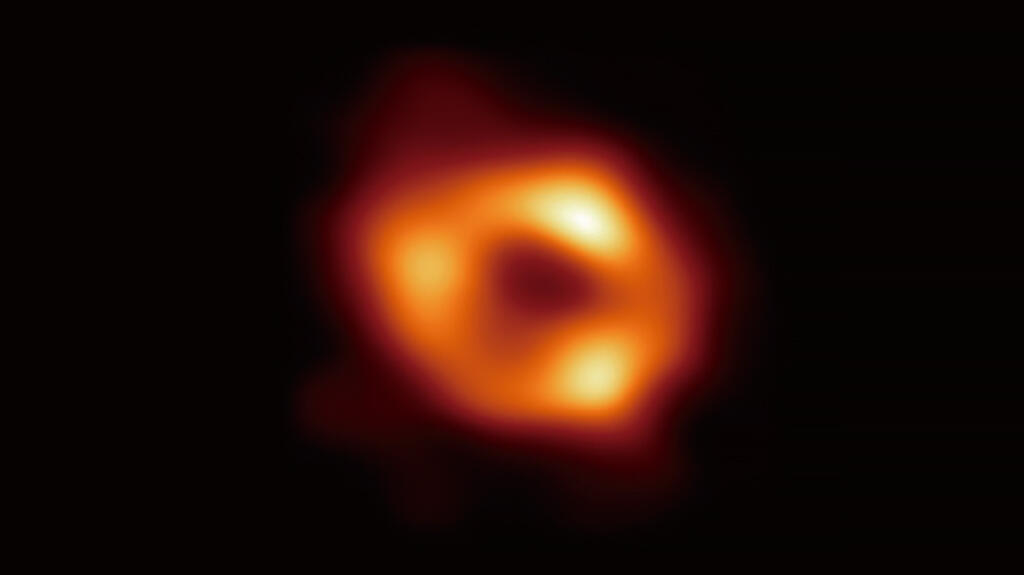
Credit: EHT collaboration
The Event Horizon Telescope (EHT), an international project which the National Astronomical Observatory of Japan and other groups are participating in has successfully photographed the outline of a massive black hole at the center of the Milky Way using Very Long Baseline Interferometry (VLBI). Sagittarius A, an astronomical body located roughly 27,000 lightyears from Earth that has a mass 4 million times that of the sun, was previously identified indirectly by Nobel Prize winners Professor Reinhard Genzel and Professor Andrea Ghez as a black hole.
The EHT was used successfully to photograph the black hole, with a mass of 6.5 billion times the sun, in the center of the M87 elliptic galaxy, and the results were published in 2019. According to Kotaro Moriyama, a postdoctoral researcher at Goethe University Frankfurt, "We had been proceeding with the imaging work from 2017, and for some time, we wondered if this were necessary, but we then began to start to see a ring structure. Capturing the image was much more challenging because Sagittarius A revolves incredibly fast compared to M87. We were speechless when we realized that the ring structure was the main feature."
While the black hole in the Milky Way has a mass several thousands of magnitude smaller than M87, the appearance of the two black holes are similar. Doctoral student Yutaro Kofuji of the School of Science, the University of Tokyo, explains, "The fact that the shape of the rings are similar suggests that the General Theory of Relativity holds. While M87 exhibits a jet structure, Sagittarius A is missing such a structure. This difference is strongly related to the overall evolution and formation of the Milky Way. These findings will open up a new era for research on Sagittarius A. If a video can be taken of the changes of Sagittarius A over time, we will be able to examine the gravitational theory of the jet structure."
This article has been translated by JST with permission from The Science News Ltd.(https://sci-news.co.jp/). Unauthorized reproduction of the article and photographs is prohibited.




